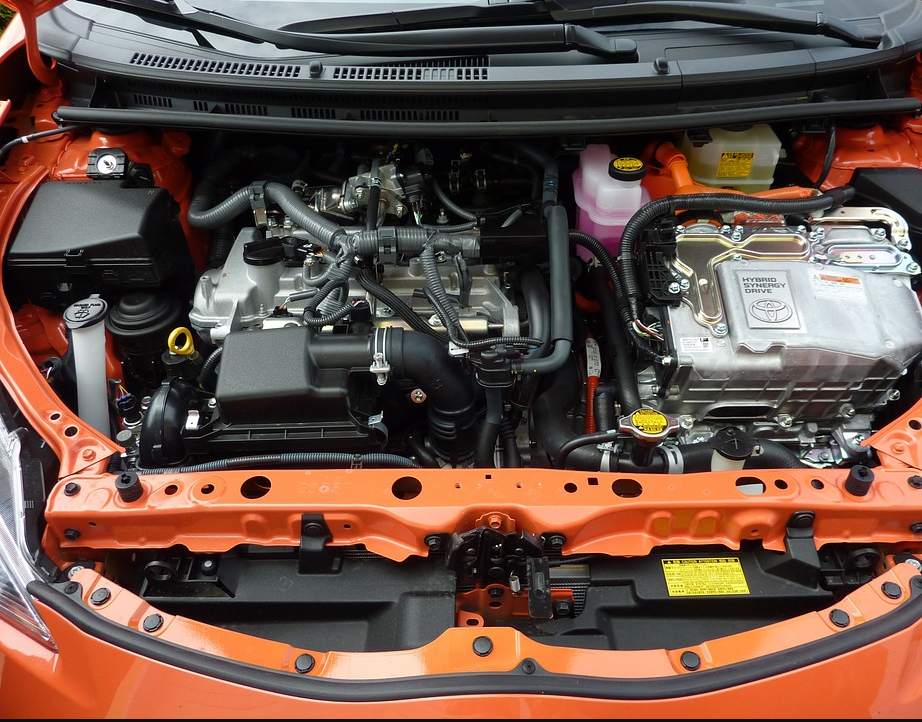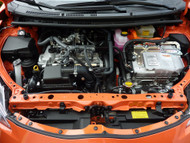How to Replace Your PCV Valve in 7 Steps
18th Nov 2021

Your car’s PCV valve might be bad if you’re experiencing rough idles or it’s running lean. We’ll walk you through PCV valve replacement.
Positive crankcase ventilation (PCV) valves are commonly found in all types of vehicles. If your car, truck, or SUV has a combustion engine, there’s probably a PCV under the hood. (All electric vehicles do not have them.) In most cases, you'll find PCV valves in a grommet on a valve cover, at the end of a hose or tube. That means you'll need some patience when you're trying to get to them. The good news is that you probably can handle your PCV valve replacement in seven steps.
What Does a PCV Valve Do?
A PCV valve is a small valve that's found inside the crankcase of combustion engines. It routes combustion gasses from the crankcase back to the combustion chamber. As your vehicle's engine burns a mixture of gas and air, it creates combustion gasses as a byproduct. Rather than releasing these gasses, a PCV valve sends them back into the combustion chamber.
What are the Symptoms of a Bad PCV Valve?
Oil sludge is a common sign that your PCV valve isn’t working. When this unit fails, combustion gasses tend to mix with oil inside the crankcase. Over time, this leads to thick, heavy oil sludge.
Poor fuel economy is another bad PCV valve symptom. Fuel economy means how efficiently your vehicle burns gas and air. A functional PCV valve improves your fuel economy by recycling its combustion gasses. This means it won't have to burn as much gas to create combustion. If it fails, you could experience poor fuel economy.
The check engine light (CEL) might turn on if your vehicle has a bad PCV valve. If your vehicle's computer detects a problem with the engine, it will likely trigger the CEL. A bad PCV valve might illuminate the CEL. You can use some type of automotive test equipment to discover the cause. If a bad PCV valve is to blame, you'll need to replace it.
PCV Valve Replacement
Fixing PCV valves isn’t difficult but accessing this hard-to-reach component can be frustrating. Most PCV valves can be found mounted in a grommet on a valve cover, at the end of a hose or tube.
- Locate the PCV valve. Your owner's manual or repair manual will help you do this quickly and accurately.
- Loosen the hose clamp and check the hose’s condition. If it’s cracked, pinched, or clogged, replace it.
If the valve is held in place with a grommet, you can pull it free. In other cases, it might need to be unscrewed by hand or with a wrench.
Check the rubber grommet and replace it if there are signs of wear.
Screw in the new valve by hand or push it into the rubber grommet.
Reconnect the hose and secure the clamp.
Now it’s time to start the engine and check for oil leaks. You should also make sure to check the hose and clamps for leaks a few days after your PCV valve replacement. - If the valve is held in place with a grommet, you can pull it free. In other cases, it might need to be unscrewed by hand or with a wrench.
- Check the rubber grommet and replace it if there are signs of wear.
- Screw in the new valve by hand or push it into the rubber grommet.
- Reconnect the hose and secure the clamp.
- Now it’s time to start the engine and check for oil leaks. You should also make sure to check the hose and clamps for leaks a few days after your PCV valve replacement.
JB Tools Can Help with Your Radiator Leak Repair
We have the biggest selection of tools at the best prices. Most or all of the hand tools you need to finish the job can be found in our inventory. This, plus our free shipping on most orders, makes us the best place to buy tools.

